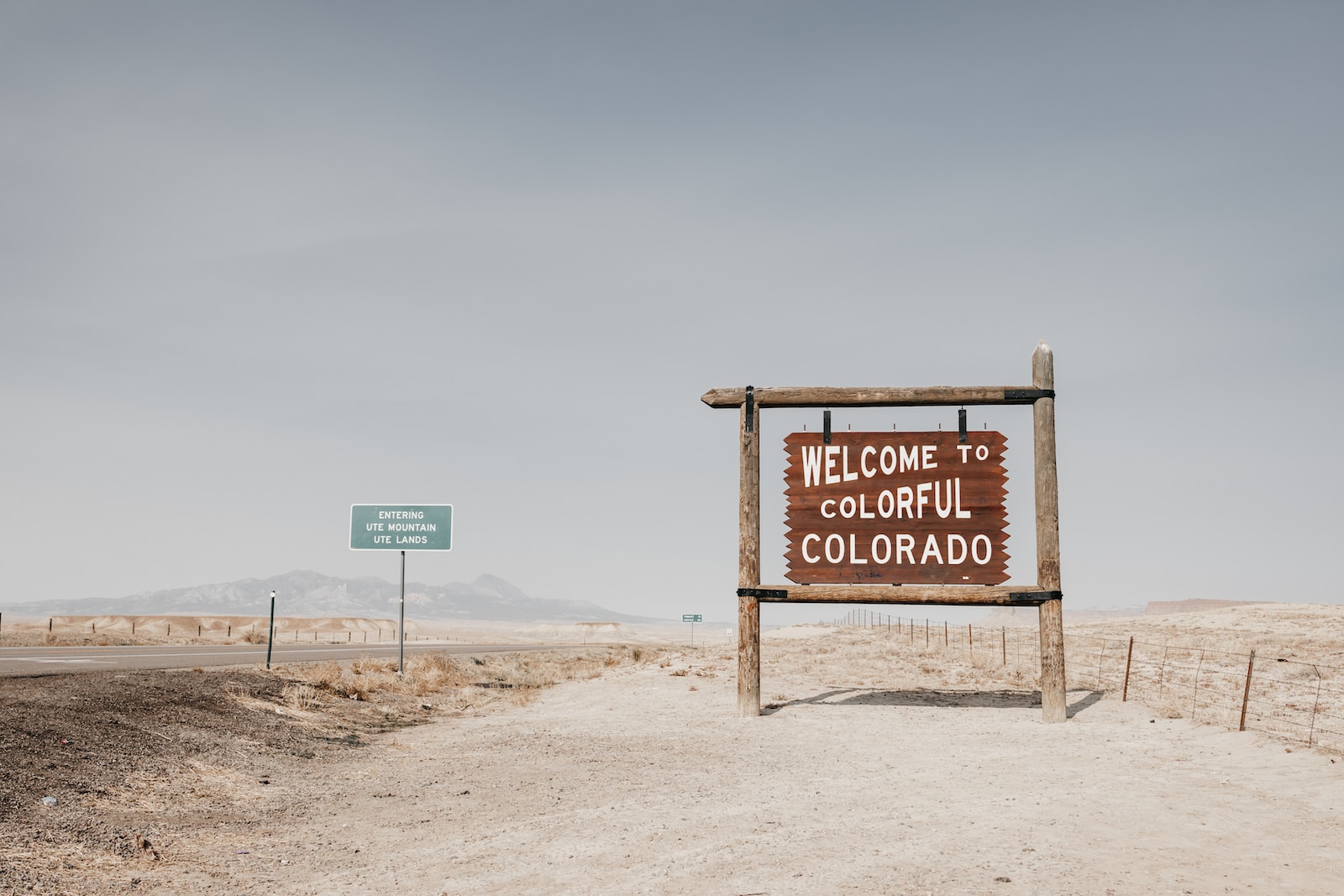Table of Contents
ToggleIntroduction
In the arid American West, the fight for water rights has intensified as climate change, drought, and rapid development strain this increasingly scarce resource. One city, Thornton, Colorado, has been embroiled in a decades-long struggle to secure its own water supply. Despite purchasing land and water rights, the city faces bureaucratic challenges and legal disputes that have stalled the construction of a crucial pipeline. This article explores Thornton’s plight, highlighting the broader tensions over water allocation in the region and the implications for communities facing water scarcity.
The Growing Demand for Water in the American West
The expanding population and businesses in Thornton, Colorado, prompted the city to seek additional water sources in the 1980s. Lacking major lakes or rivers and limited groundwater, Thornton purchased land and water rights near Fort Collins. The plan was to divert water from the Cache la Poudre River through a pipeline to meet the city’s future needs. However, bureaucratic hurdles and debates over water usage have hindered the realization of this plan.
Water Struggles and Legal Challenges
Thornton’s battle for water is not an isolated case. Throughout the American West, communities are facing similar challenges as aquifers supplying drinking water are being depleted, and competing demands for water resources arise. Even proposed pipelines, such as the one in Colorado’s San Luis Valley, face resistance from lawmakers, creating conflicts between neighboring communities.
The Ongoing Pipeline Battle
While Thornton’s neighbors now recognize the city’s legal entitlement to the water, disagreements persist regarding the means of accessing it. The proposed pipeline has faced opposition from landowners and environmentalists who suggest alternative routes that prioritize ecosystem restoration. The city argues that the pipeline is the most viable option, and with construction stalled, Thornton is experiencing negative consequences, including limitations on growth and economic development.
Implications for Growth and Development
The delayed pipeline has had a significant impact on Thornton’s growth potential. The city has had to halt expansion plans for businesses and affordable housing projects due to the water shortage. Approximately 18,000 housing units, accommodating around 54,000 people, remain unbuilt due to the pipeline’s delays, exacerbating Colorado’s housing attainability crisis.
The Challenges of Groundwater Drilling
Drilling for groundwater has proven to be an inadequate solution for Thornton’s water needs. The city’s limited wells produce non-potable water used for irrigation, but groundwater levels have significantly decreased. This decline highlights the urgency of accessing the water from the Cache la Poudre River.
The Long Road to Resolution
Thornton’s water shortage has prompted city officials to reassess their plans and develop a new pipeline route. However, obtaining permits and overcoming opposition from Larimer County have posed significant obstacles. The city continues to work towards a resolution, aiming to submit new plans in the near future.
Economic Consequences and Conservation Efforts
The pipeline delays have frustrated businesses and developers in Thornton. Affordable housing projects and commercial ventures have been put on hold, impacting both the local economy and residents’ livelihoods. As a result, the city is actively working to conserve water, promoting reduced lawn watering and implementing sustainable practices.
Conclusion
Thornton, Colorado’s water battle exemplifies the challenges faced by many communities in the water-stressed American West. The conflicts over water rights, pipelines, and environmental concerns highlight the need for sustainable solutions and effective water management strategies. As the region’s population continues to grow, the conservation and equitable distribution of water resources will become increasingly critical for the long-term viability of communities facing water scarcity.







